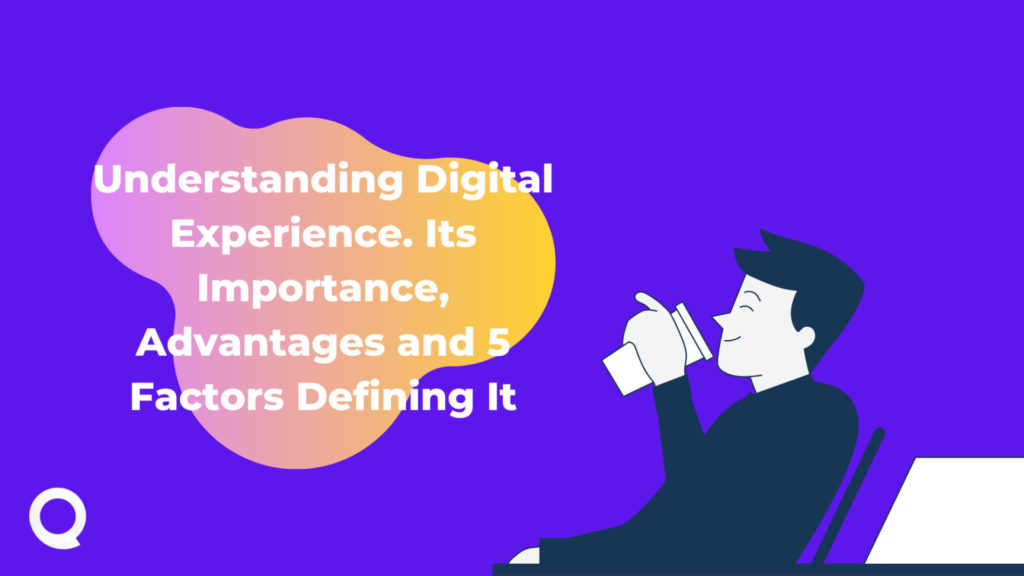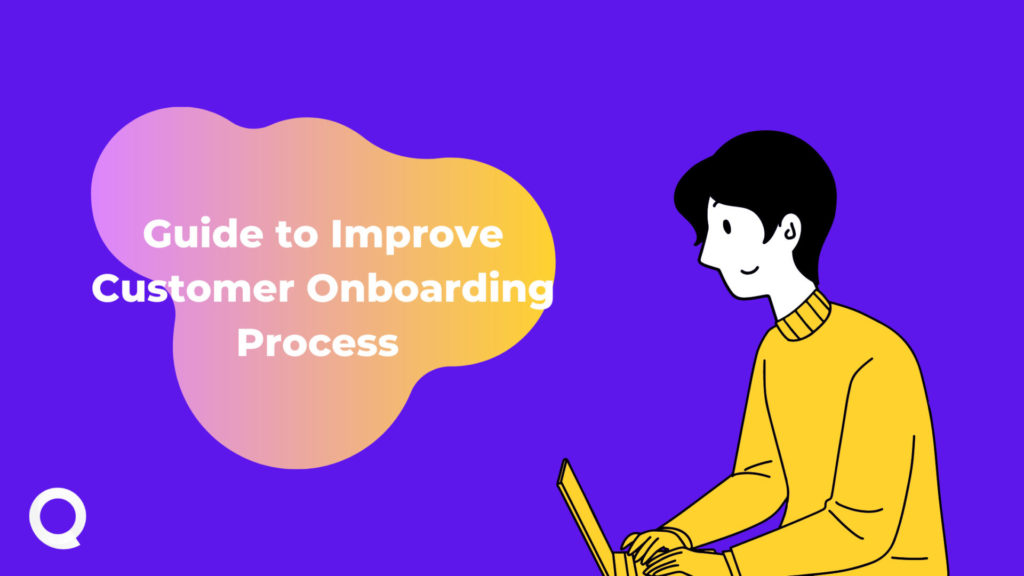The digital experience is a customer experience that focuses on how consumers engage with your company electronically via technology. It represents how consumers perceive your company and brand as a result of their virtual interactions over time. In this basically a person-to-person or person-to-business or person-to-consumer encounter enabled by digital technologies that must be smart, relevant, personalised, and multichannel in design.
Experience is everything. It’s time to raise the bar.
– PwC
Significance of Digital Experience

For today’s consumers, high-value digital experiences have the lowest stakes. Buyers demand entertaining, simple-to-use, and always-available online and mobile experiences. Digital customer experience has a significant impact on your company. A website or digital shop that isn’t adapted for mobile devices, makes a company appear trendy or unconcerned about client service.
Switching from one supplier or service provider to another has been relatively simple in recent years, with customers encouraged to browse while competitors compete for their business. A high-quality customer experience is a significant competitive advantage that drives revenue growth and ensures customer loyalty.
Also Read: How to : Revamp Digital Client Onboarding Experience
Digital Business in Digital Experiences context
Digital experiences are a type of technology that enables organisations to go beyond the digitalization of paper-based procedures to develop services that are only feasible because of the internet and other modern technologies.
They have two main components:
- They employ digital technology and
- They enable some form of connection between a single user and an entity, generally a company.
Customers, partners, and workers who connect with organisations through mobile apps, websites, and smart devices receive digital experiences. Technology by itself does not transform something into a digital experience. Businesses should consider digital experiences to be processes that can achieve things that physical processes cannot.
A scanned document, like a sheet of paper, may communicate textual information; however a digitally enhanced pdf can include cross-references to other papers, right-click definitions, online collaborations, machine translations, and digital signatures.
Another example is event recording software that allows you to obtain a list of subscribers and their contact information, which automates the manual recording procedure (i.e. instead of looking for names on a printed list, you look for a spreadsheet on your computer to confirm registration).
In contrast, in a system you may input a registrant’s name to examine their registration status, process payments, confirm room information, and check in all from a single dashboard. To reduce time, it needs distinct physical processes that are merged into a single digital solution.
Advantages of Digital Experience Platforms
- Initiatives for digital transformation should be prioritised and accelerated.
- Give your customers a rich, personalised, multichannel digital experience.
- Improve operational efficiency and productivity.
- Increase staff loyalty and value for long-term customers.
- Listen to and respond to client input in real time across all platforms.
- Extrapolate more knowledge and comprehension from client data.
Digital Experience Vs Digital Customer Experience

The digital experience is a wide term that covers the numerous digital channels that organisations must manage nowadays. However, the digital experience is not the same as the digital customer experience. Digital encounters are one-of-a-kind, whereas digital customer experiences are the total of all digital interactions a person has with a company.
When organisations consider increasing the digital customer experience, they are concerned with user interface, mobile responsiveness and design, communication techniques, real-time data delivery, and other factors rather than just one point of contact, spanning all interactions.
Typically, the distinction between digital experience and digital customer experience applies primarily to the firms themselves. Customers have demonstrated that they are uninterested in the concept of “experience.” They are just concerned with acquiring what they want in the easiest way possible.
When businesses discuss the digital customer experience, they generally strive to put themselves in the shoes of the consumer and comprehend the effect and relevance of digital channels from that perspective.
Factors for positive Digital Experience
When designing a customer experience strategy, it is important to understand which components of a digital experience are essential for producing a great user experience. The following are the essential components of an outstanding digital experience:
Features
The functioning of mobile app, website, or other digital consumer touch points determines the user experience. Usability and accessibility are two essential foundations of functionality. Although these two words may appear to be equivalent, they are in fact slightly distinct. The ease of use of a website or mobile application is referred to as usability. The simplicity with which you can use your website or application, on the other hand, is referred to as accessibility.
Personalization
Modern customers have come to demand individualised customer service. Highly customised digital experiences foster deep connections with customers, which increase brand exposure and loyalty. Organizations may use sophisticated tools such as artificial intelligence and machine learning to analyse massive quantities of consumer data in order to enhance and offer tailored digital experiences.
Self Service
Consumers today want to be able to handle their own problems and take charge of their circumstances. Considering all of the mobile applications and websites that allow users to order food, pay bills, schedule appointments, book hotels, access information, and find answers to problems, self-service assistance will be the norm in the future.
Ease
Ease is comparable to usability, but it is not the same. When we talk about the ease of a digital customer experience, we are referring to the difficulty, or lack of executing a more desirable activity such as purchasing a product, creating a user profile, and so on. The more the friction or complexity required for a client to complete a purchase, the less likely they are to finish it or become a repeat customer.
Cohesion
This cohesiveness is referred to as omni-channel in digital marketing. If you provide a consistent omni-channel user experience to your customers, your brand’s awareness, trust, and reputation will be high. Modern customers connect with companies through a number of platforms. To establish a seamless consumer journey, an omni-channel approach is required. While optimising multiple channels for the customer experience, that will be more suited for specific sorts of client interactions than others.
Conclusion
When businesses opt to include digital technology into their company operations, it becomes easier to address each stage of the customer journey. There are several chances to obtain useful information from your clients. Data gathering and analysis advancements enable marketers to deploy customised methods suited to individual client demands. Keep in mind that a digital experience strategy is a customer-driven project. If you want to provide a high-quality user experience, you must employ technology to better fulfil your consumers’ needs.


